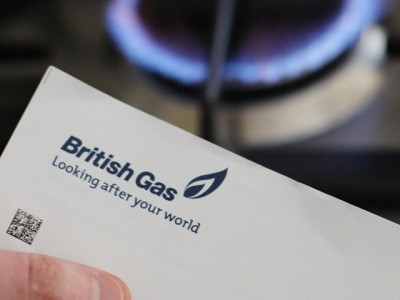
The scope to drive down energy tariffs may be more limited than much of the public debate implies
The casual reader of UK newspapers would be forgiven for thinking that the energy prices that they are being charged are way above the level they should be, with a real prospect of prices coming down as more pressure is put on misbehaving energy suppliers. The reality is somewhat different.
Last year, the industry regulator Ofgem estimated the average margin on energy supply of the Big-6 energy suppliers to be only 4.48%. At this level, it would not be possible for a competing energy supplier to offer materially lower average tariffs purely by reducing the profit margin. They would also have to achieve and maintain a lower cost base. Whether or not an average tariff level lower than those offered by the Big-6 would be sustainable across the market is then a more difficult question. Comparisons between Big-6 tariffs and other supplier offers suggest it is, but some of those companies don’t face all of the costs that the Big-6 do and they are assisted by market support requirements placed on the Big-6. Some suppliers may also be making unsustainably low initial offers to build their customer base or are themselves counting on sticky customers to make future profits.
The challenging retail energy environment at current price levels can be judged by the proposed merger between the retail operations of SSE and Npower, two of the Big-6 seeking cost savings, and by the combined £16m loss last year of two council owned energy suppliers, Bristol Energy and Robin Hood Energy.
So there may be far less room to reduce bills by squeezing energy supplier margins or costs than implied by newspaper headlines and political debate.
Whilst energy costs, particularly for a low carbon energy system, will rise
Unfortunately, the underlying cost of energy is expected to continue to rise. Government projections indicate that long term price levels will be higher than current prices, particularly given the costs of reducing CO2 emissions. While there are currently no costs for CO2 emission reduction in GB gas bills, the long term policy debate is how to replace natural gas for heating and the significant potential costs of this. As yet there is not even a clear favoured option for the approach to take.
The overall implication is that energy bills are not in fact higher than they should be. Incorporating the cost of CO2 emission reduction policies reflecting long term policy aspirations would negate any realistic savings on average retailer costs or margins. Prices would then rise over time as further CO2 emissions reductions become increasingly costly.
So the real policy question is not switching, it’s fuel security
Perhaps the political debate on energy should focus less on creating the impression that energy should be cheaper and more on the long term implications of continued cost increases. In particular, how can policies mitigate a potentially significant rise in the cost of heating homes for the fuel poor? Options do exist: some of the costs of measures aimed at CO2 emission reduction could be moved into general and progressive taxation, alternatively the energy industry could adopt more sophisticated pricing structures to reallocate the burden of CO2 emission reduction.
Neil Cornelius, Managing Director of Berkeley Research Group
The views and opinions expressed in this article are those of the author and do not necessarily reflect the opinions, position, or policy of Berkeley Research Group, LLC or its other employees and affiliates.
Recommended for you
